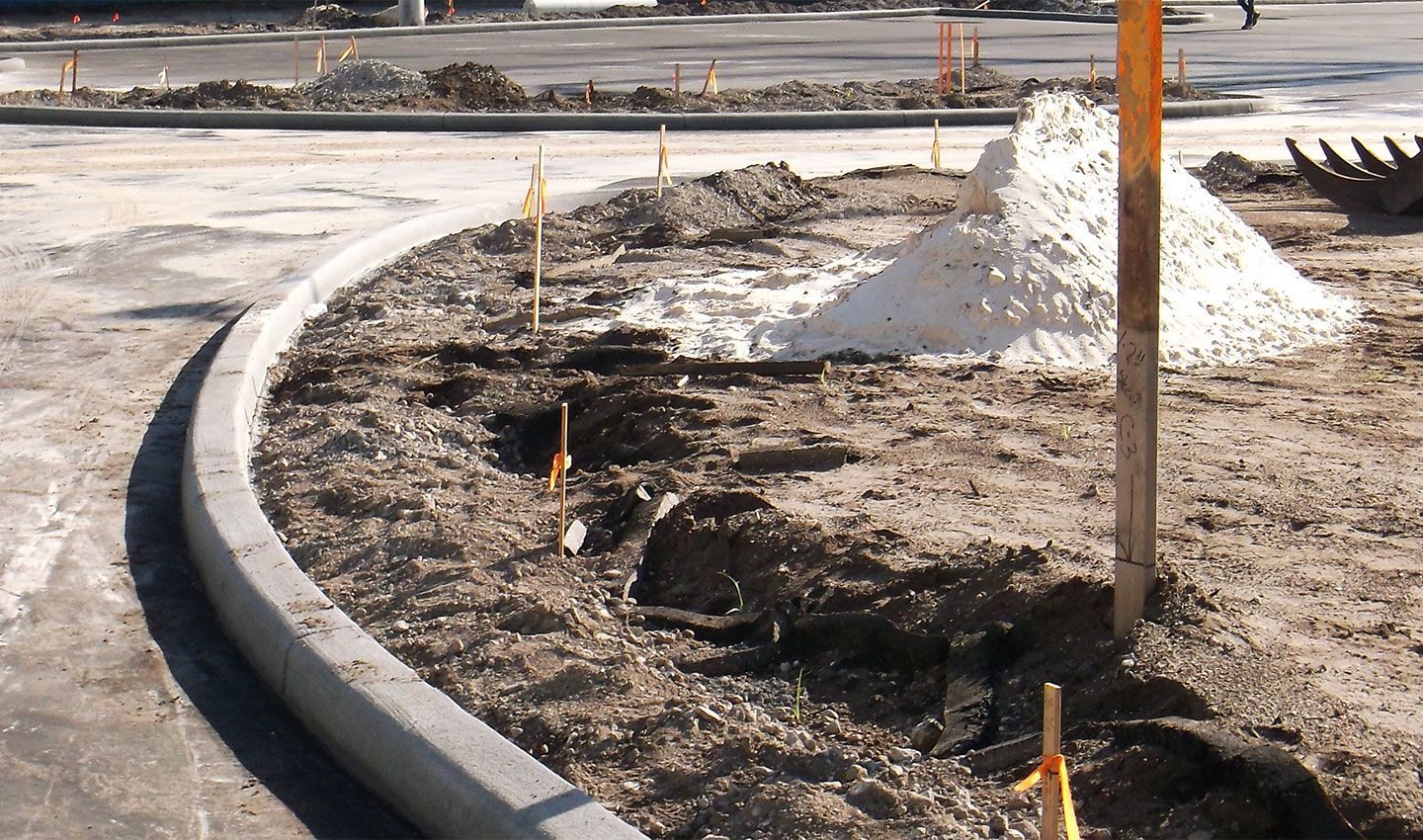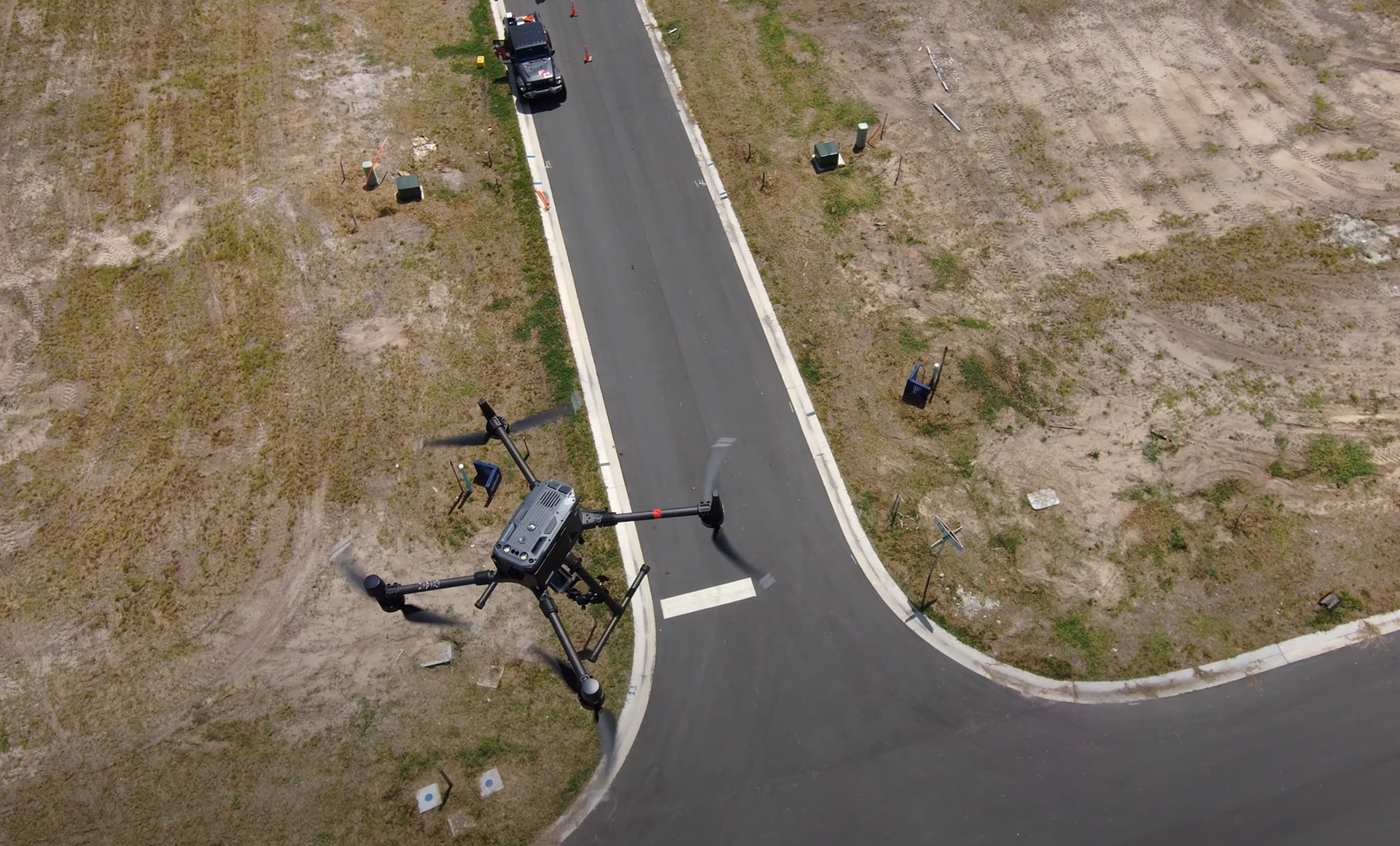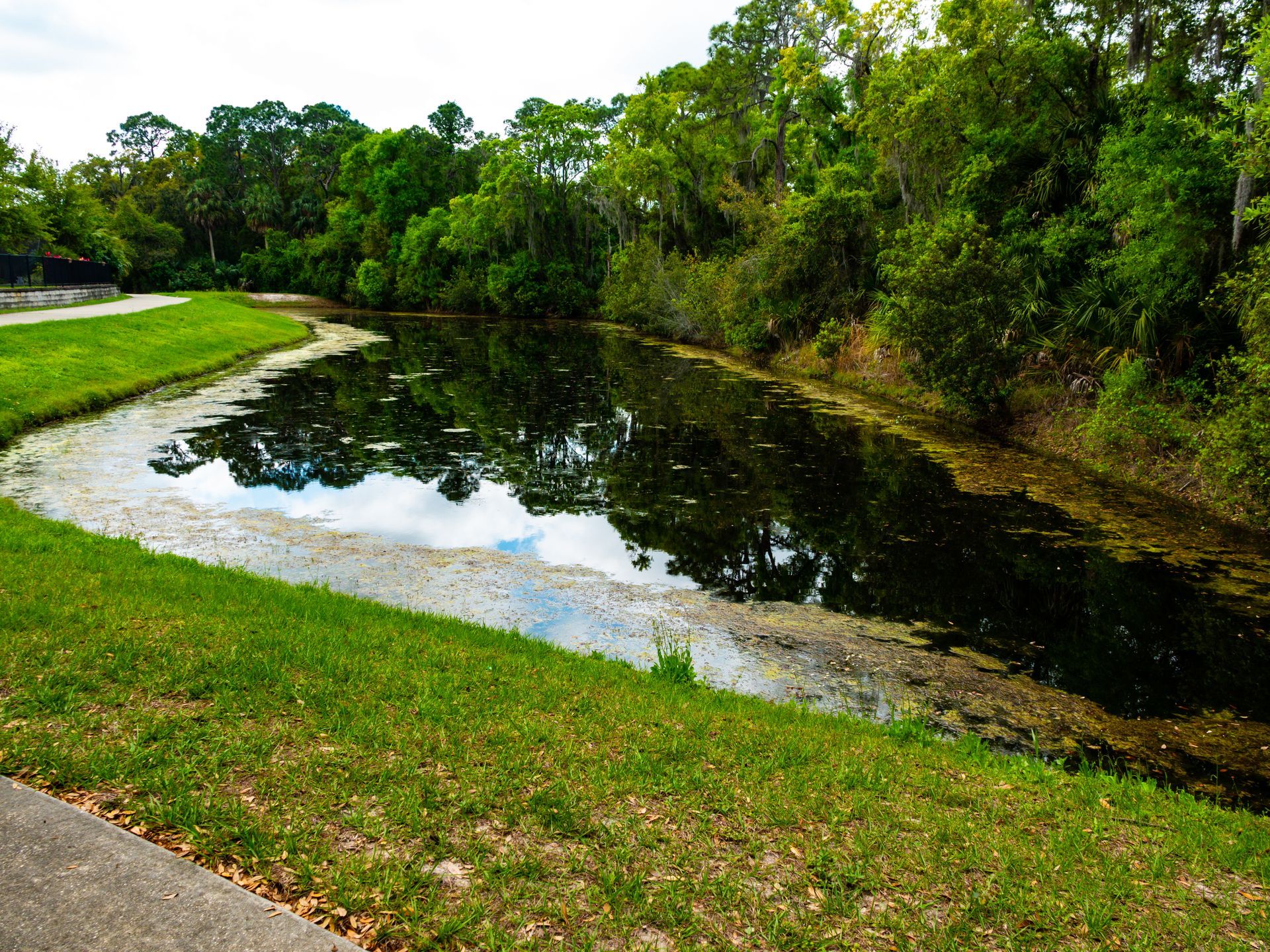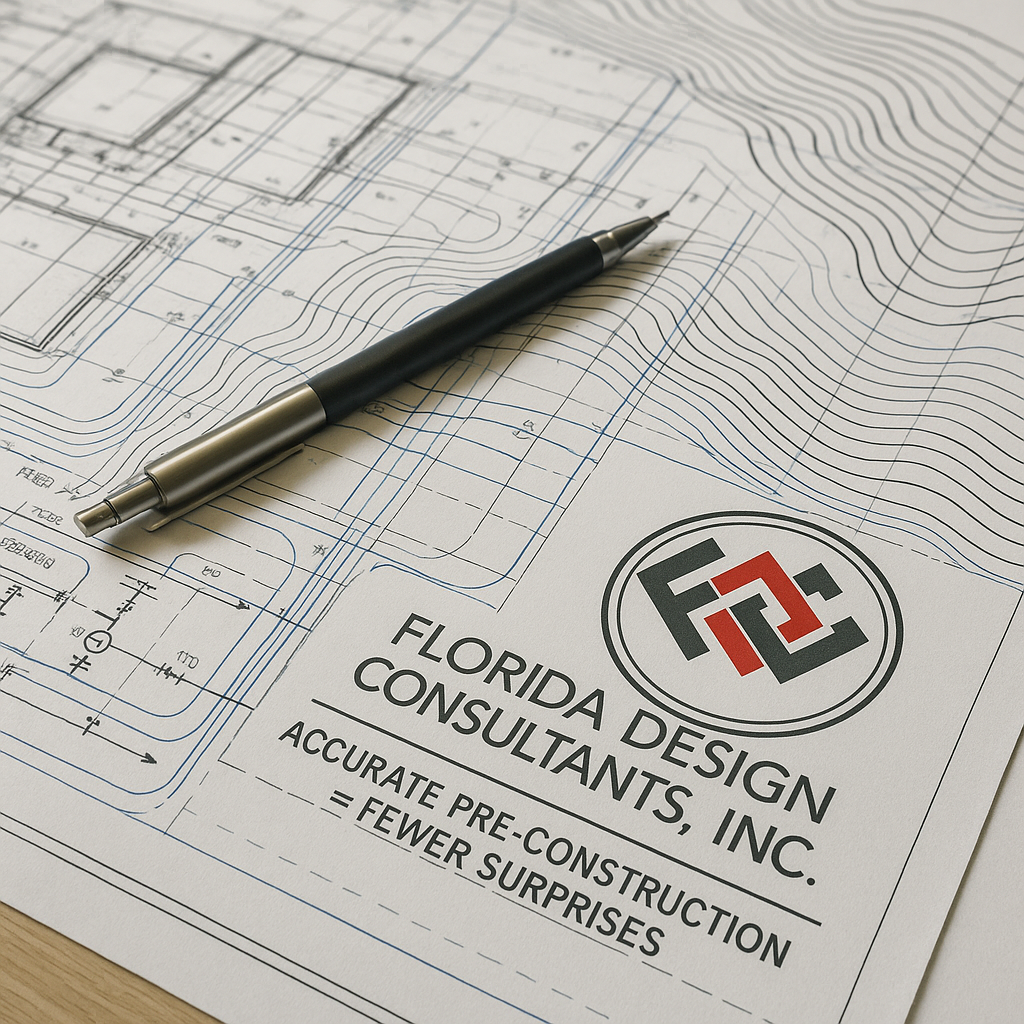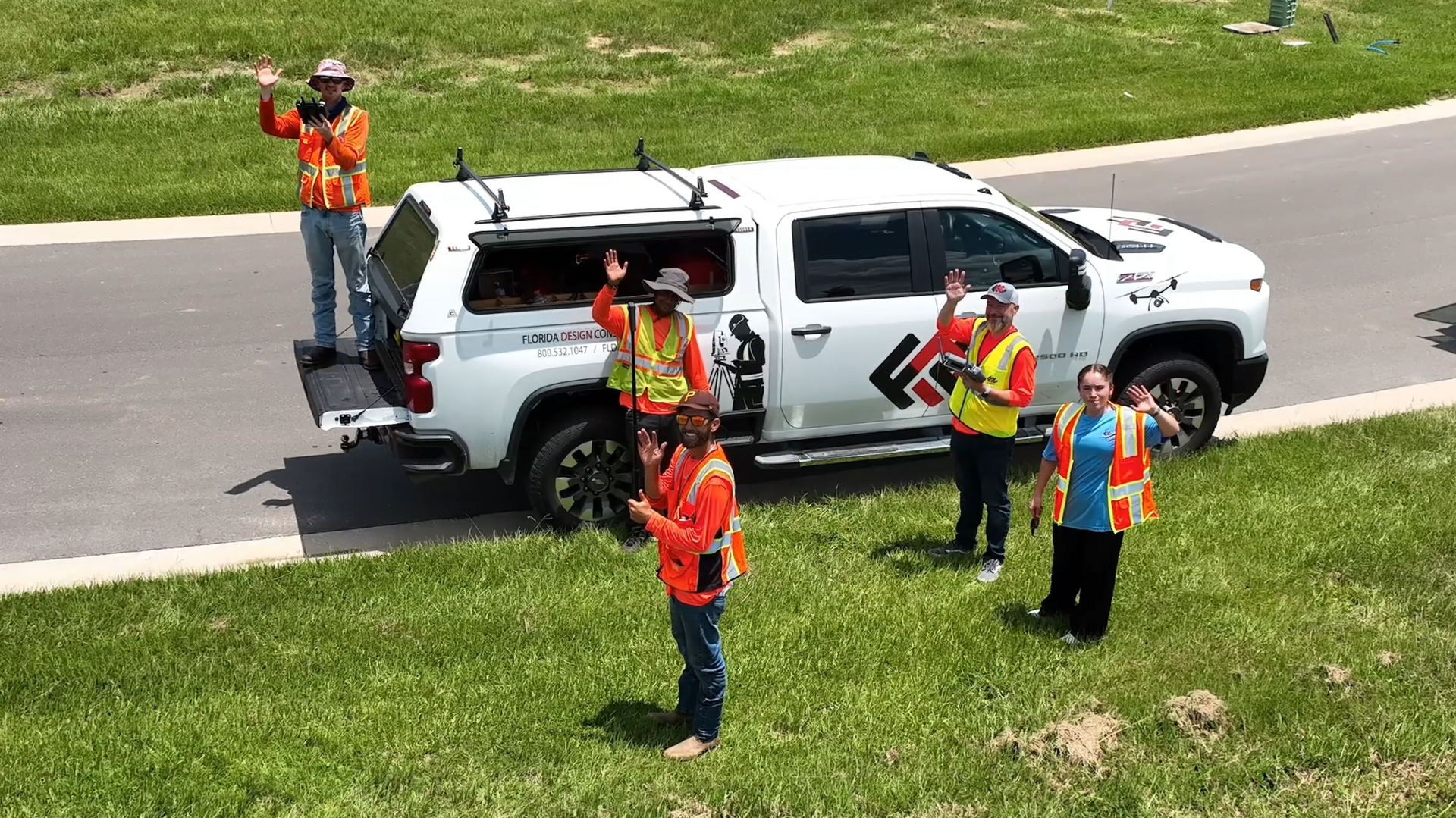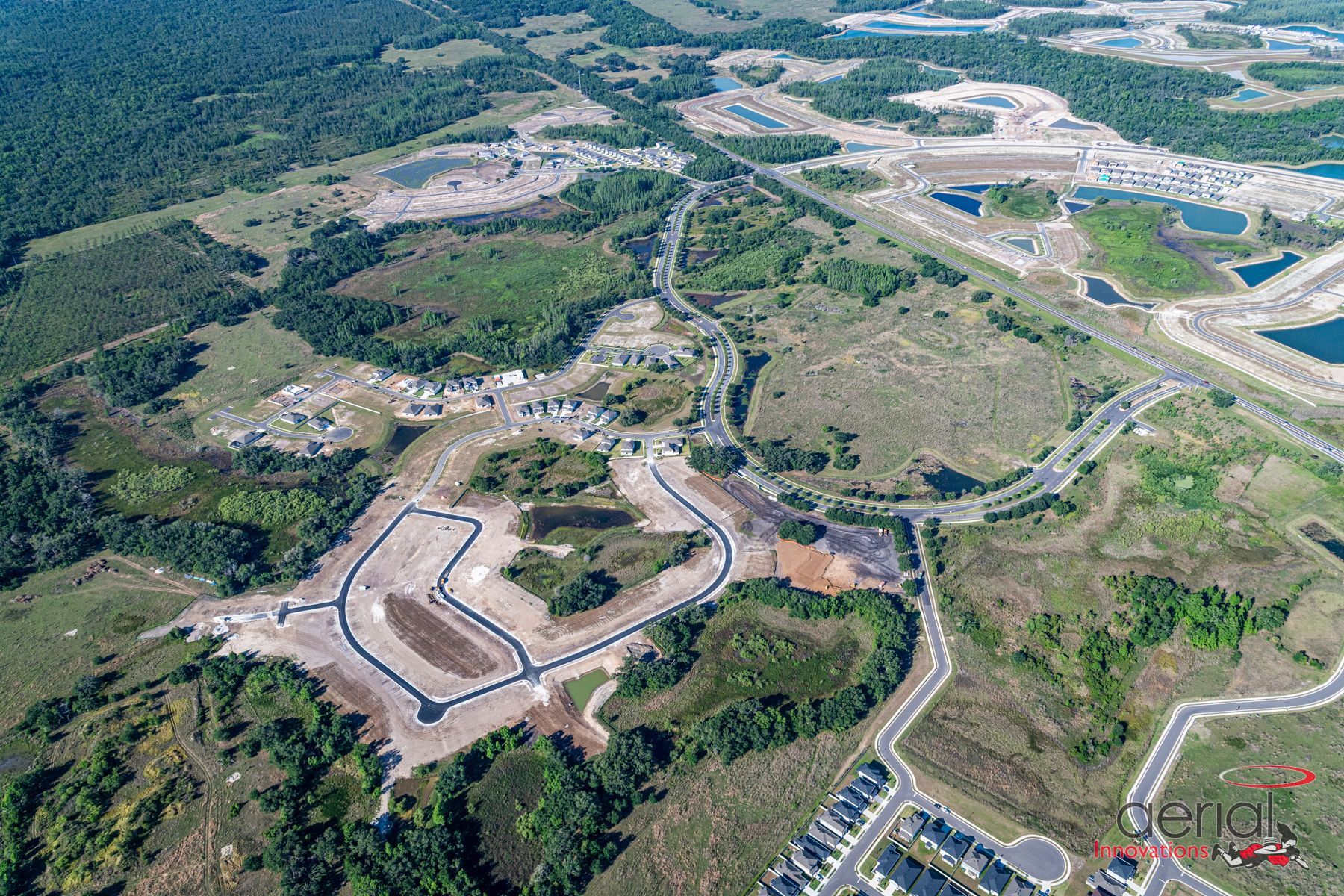Balancing Aesthetics and Function in Modern Landscape Design
“I don’t believe form should simply follow function—great landscape design finds the sweet spot where both work together beautifully.”
— Rob Rosner
Florida Design Consultant

From lush amenity centers to shaded urban walkways, the best modern landscapes are about much more than just plants and pathways. They’re places that feel welcoming, deliver real environmental benefits, and reflect the needs of the people who use them every day.
The Evolution of Expectations
Years ago, many developers and property owners treated landscaping as an afterthought, just a way to check the box on required buffers or basic curb appeal. Today, that’s changed. As I often say, our clients expect more than just a patch of grass,
they want real spaces that feel alive. In fact, research shows well-designed landscapes can boost property value by up to
20%. (National Association of Realtors, source) And it’s not just about resale value: outdoor spaces are now viewed as extensions of living areas, whether it’s a community amenity center with a lazy river or a thoughtfully shaded walking trail that makes a hot Florida day bearable.
What Does ‘Function’ Really Mean?
Functional design isn’t always flashy, but it’s critical. In our work at Florida Design Consultants, function includes:
• Stormwater management: Proper grading, drainage, and green infrastructure keep flooding and erosion at bay. Did you know green infrastructure can reduce stormwater runoff by 50% or more? (U.S. EPA, source)
• Environmental resilience: Using native, drought-tolerant plants helps projects thrive naturally. Many Florida cities now encourage “Florida-friendly” landscapes, Rob’s approach is to go beyond the minimum, with up to 80–90% native plant
choices where practical.
• Community standards: Good buffers, shade trees, and site placement protect neighbors and create privacy while also reducing heat islands.
This complex scenario required a consulting partner with deep regulatory experience and historical knowledge of the project; enter Florida Design Consultants (FDC).
Where Aesthetics Bring Places to Life
We (humanity) want a place to feel lush and green, not stark and dry. It should feel like somewhere you want to be, not just a place you have to walk through. Design is about more than boxes on a site plan; it’s about how a place makes you feel.
A tree canopy along Channelside Drive in Tampa, for example, transformed a five-lane corridor into a safe, vibrant street where pedestrians linger, not rush. Good design creates that sense of arrival, it’s not just a building you came to, it’s a place you remember. When done right, these spaces don’t just meet code, they spark connection. They invite people to gather, to feel safe, and to enjoy the natural beauty that’s possible, even in urban areas.
Designing for Long-Term Resiliency
More than ever, resiliency and lifecycle maintenance go hand in hand. While true “resiliency” is challenging in urban landscapes, good practices keep costs down and beauty intact. That means:
• Choosing durable plants suited for Florida’s climate
• Designing for easy irrigation cutbacks as landscapes mature
• Avoiding overcomplicated “green” ideas that may fail in the real world
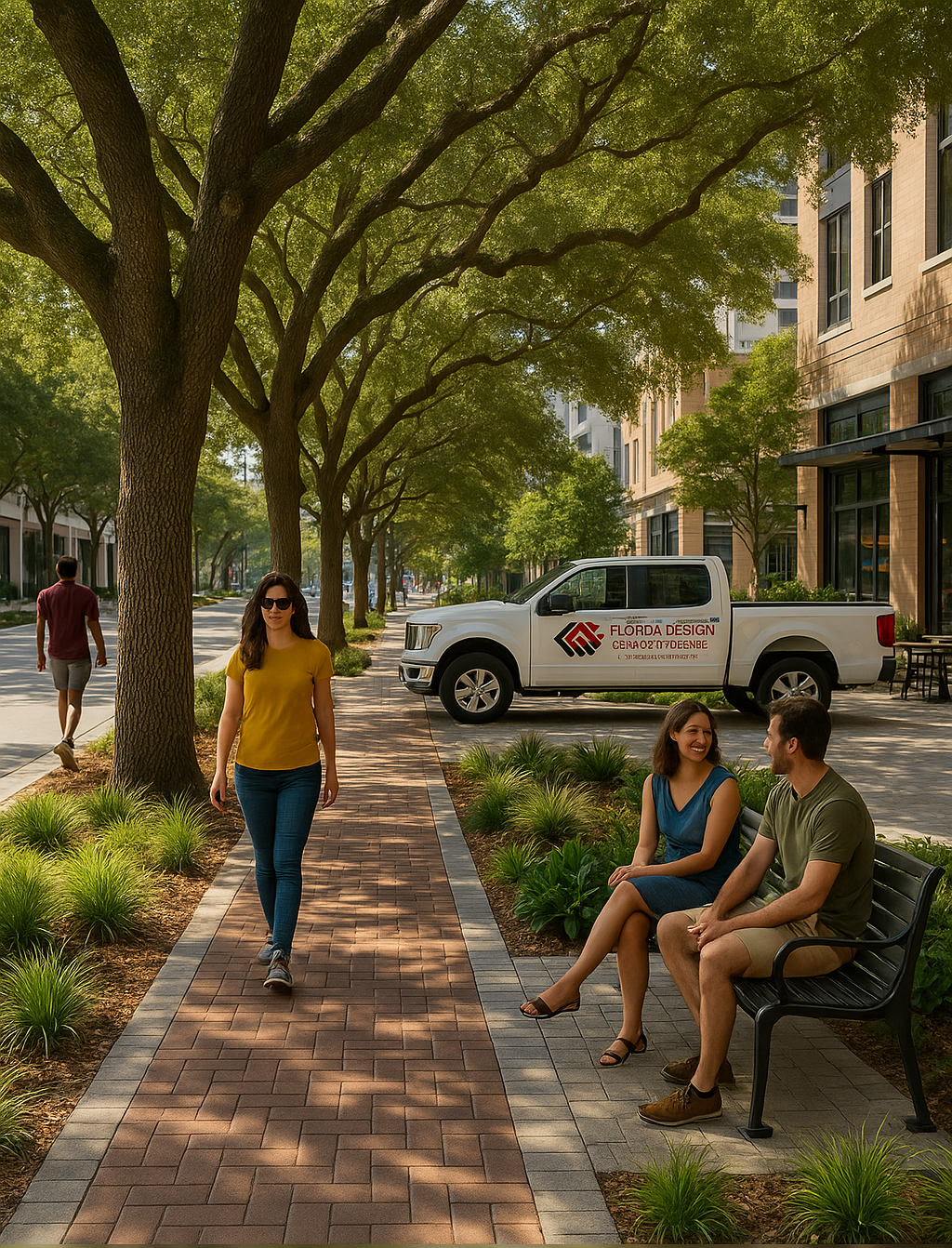
As the Landscape Architecture Foundation puts it, designing with maintenance in mind reduces lifecycle costs by up to 30%.
Emerging Trends: Tech and Teamwork
Today, landscape architects collaborate closely with planners, engineers, and surveyors from day one. That keeps functional needs—like stormwater flow and access routes, aligned with the vision for a beautiful, welcoming space. Innovative materials and lighter-weight planter systems now make green roofs, rooftop gardens, and pedestrian-friendly streetscapes more feasible than ever. The end goal? More usable outdoor spaces that feel inviting and practical for years to come.
Advice for Clients and Communities
Whether you’re a homeowner refreshing your yard, a developer planning a new community, or a municipality shaping public spaces, striking the right balance between beauty and function isn’t always straightforward. Each group faces unique challenges — and thoughtful landscape design can help solve them.
Homeowners
Many homeowners want outdoor spaces that look amazing but can be expensive or difficult to maintain if they’re not designed for Florida’s climate. Lush tropical plants might look great but often need lots of water, fertilizer, or pruning to stay healthy here.
How to get it right:
• Work with designers who understand Florida’s native and drought-tolerant plant options.
• Choose durable materials and features that require less upkeep.
• Consider how your outdoor space will look not just on day one but in every season.
Developers
You’re balancing tight budgets, fast timelines, and the pressure to create communities that sell—while also navigating complex site constraints and regulatory requirements. Poor planning can lead to costly drainage problems, inefficient layouts, or resident
complaints down the road.
How to get it right:
• Think beyond minimum code compliance—well-designed amenity areas, buffers, and stormwater solutions add real value.
• Work with planners and landscape architects early to align the vision, budget, and site limitations.
• Use landscaping as a market differentiator. Thoughtful green spaces help communities stand out in a competitive housing market.
Municipalities & Local Governments
Cities and counties must balance aesthetics, safety, and long-term maintenance. Limited budgets and evolving community needs can make it tough to design public spaces that age well and remain functional.
How to get it right:
• Create flexible design standards that allow for innovation but protect community character.
• Prioritize shade, accessibility, and safety in parks, trails, and streetscapes.
• Plan for maintenance from day one—plant selections and site layouts should reduce long-term costs.
At the end of the day, good landscape design is about bringing people together, beautifully and practically.
Conclusion
If you’d like to see how FDC helps bring vision and function together, explore our recent projects or reach out. We’re always happy to talk about how thoughtful design can make your next space more livable, sustainable, and beautiful. Visit fldesign.com
Sources
• National Association of Realtors: https://www.nar.realtor/magazine/real-estate-news/home-and-design/landscaping-gets-ahead-of-curb-appeal
• U.S. EPA Green Infrastructure: https://www.epa.gov/green-infrastructure
• Landscape Architecture Foundation:
https://www.lafoundation.org/research/case-study-investigation
